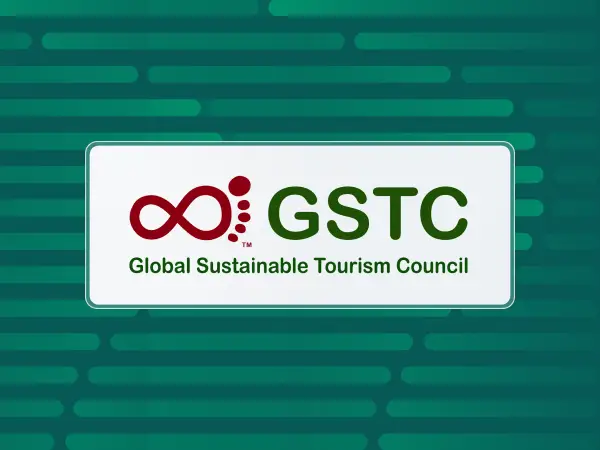ETS or Emissions Trading System is the EU's cap-and-trade system for emissions trading. See how it works and who it involves.
It is a system that sets a cap (cap) on emissions from more than 10,000 installations in the power sector and manufacturing industry, as well as from airlines operating between countries that adopt it. Those who fall into the categories of entities subject to the ETS have 2 options (trade):
- If it issues less than expected: it has surplus allowances that it can sell.
- If it issues more than expected: it must catch up by purchasing the missing shares.
{summary#bullet-1}
What is the EU ETS?
Active in all EU countries, plus Iceland, Liechtenstein and Norway, it involves all the major producers of greenhouse gas emissions, in the common effort of reduce the effects of productive activities on global warming. The “Directive 2003/87/EC of the European Parliament and of the Council, of 13 October 2003, establishing a system for the trading of greenhouse gas emission allowances in the Community and amending Council Directive 96/61/EC” is the standard to which we refer.
In fact, a maximum CO₂ emission quota is established for some specific sectors. This share, allocated free of charge to each company belonging to those sectors, is set according to benchmarks updated at the European level to take into account technological advances. Companies that cannot cover their emissions with free allowances must purchase allowances at auction or from other companies. Conversely, companies that have allowances in excess of their emissions can sell them. If a company fails to fulfill its obligations, heavy penalties are applied.
The target set for 2030 by sectors covered by the scheme is to Reduce greenhouse gas emissions by 43 percent (compared to 2005 levels).
What are these areas?
- Energy-intensive industrial sectors, dealing for example with the production of steel, various types of metals, plastics, refineries, etc.;.
- Energy producers;
- Companies operating in the aviation industry.
The possibility of exclusion from the EU ETS can be used by actions that produce a reduced amount of emissions, i.e., with installations with emissions of less than 25,000 tons of CO₂ equivalent or, in the case of combustion installations, with a rated thermal input of less than 35 MW.
In contrast to the Voluntary Carbon Market, This system is mandatory for all companies operating in these sectors within the signatory countries. On March 31 of each year, these companies must produce reports of CO2-equivalent emissions and, if they are in excess of their established quotas, they are required to catch up by April 30.
{summary#bullet-2}
How are statements verified on ETS?
EU ETS claims in Italy, as in all states that have participated in this system, must be validated by a competent body. This can assess the veracity of the Company's carbon footprint calculation; Sustainability report; actions taken to become a more sustainable company.
It should be remembered that with ETS allowance trading, there is no CO₂ offsetting: the company is simply required to buy allowances if it emits more emissions than the pre-determined cap, and can sell surplus allowances if it emits less than the pre-determined maximum amount.
This system goes to reward companies that are virtuous from a sustainability standpoint, using penalties if they fail to comply with these rules.
Thus, the purchase of ETS should not be confused with the purchase of Carbon Credits, nor with a voluntary declaration such as the CDP (in fact, the EU ETS scheme is required by law).
{summary#bullet-3}
The latest news on the EU ETS scheme
The reform of the EU ETS scheme was proposed last May 17, 2022 and includes:
- To expand ETS II to buildings and road transport;
- To apply ETS to maritime transport;
- To include waste incinerators and waste-to-energy plants in the ETS system;
- To phase out free quotas starting in 2026 and by 2030;
- To introduces a bonus-malus system starting in 2025;
- to use the proceeds exclusively for climate action in the EU and member states.
Last June 9, this reform was rejected by the European Parliament by 340 votes, and sent back to the European Commission for some changes. What many EU countries did not like about the reform was its particularly stringent nature. The main obstacle to the approval of the reform was disagreement over the phasing out of free quotas by 2030, because of this even articles that had been approved such as the introduction of waste transport and disposal companies are postponed.
{summary#bullet-4}
What you can do if your company is subject to ETS
If you fall back between companies in the sectors and countries subject to EU ETS regulations, for you, sustainability is not a voluntary choice but a legal obligation. This means that actions towards carbon neutrality must be implemented immediately.
Contact us and find out how we can help your company reduce CO₂ emissions.




























